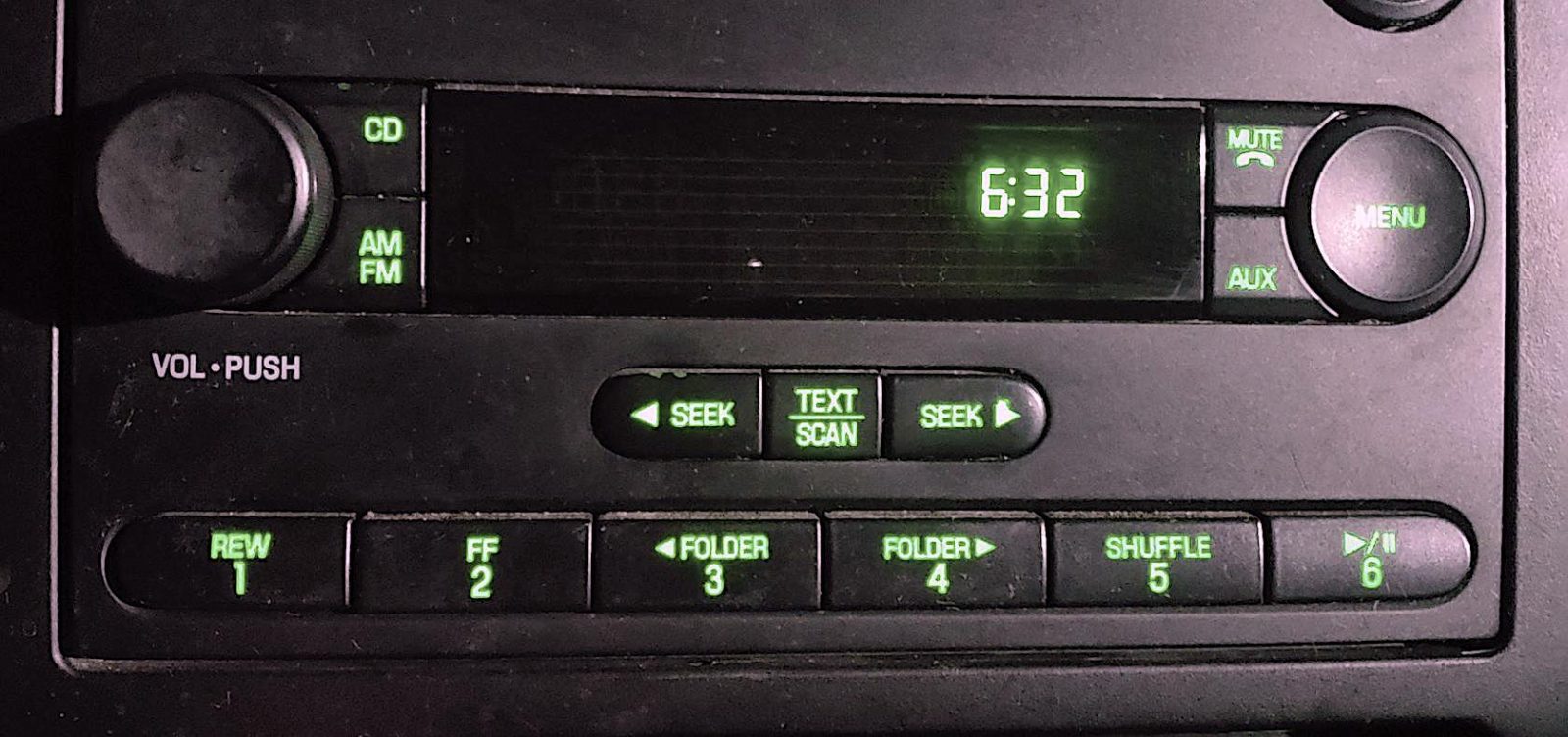- Many carmakers are eliminating AM radios from their EVs
- Automakers say that AM radio is incompatible with EVs, citing electromagnetic interference from the powertrain
- Lawmakers say such a practice could compromise safety
Why are we posting this article as a Buyer’s Guide? Because we feel you should consider buying vehicles from automakers that still offer cars with AM radios. As you will see below, many are opting to ditch their radios, which we feel could compromise safety in emergencies.
AM radios are part of a car’s audio DNA, right? It’s been like that for just on 100 years, ever since Chevrolet offered one as an option in 1922. Nowadays, you can’t build a car without an AM radio, right? Wrong. As it turns out, some electric vehicle (EV) manufacturers are eliminating AM radios from their cars, which government officials fear could put people at risk in an emergency.
AM radio has a critical role. It is one of the main ways that federal, state, and local officials communicate with the public during natural disasters and other emergencies.
So if your EV doesn’t have access to this traditional form of radio, then you might miss important safety alerts in disasters like hurricanes, earthquakes, floods, and wildfires.
Sen. Ed Markey (D-Mass.), a member of the Commerce, Science, and Transportation Committee, wants car companies to maintain free access to broadcast radio as a public safety measure. But automakers say consumers are moving away from radio and television for news and information, and so the government’s emergency management system needs to adapt to new technologies, too.
Seven former Federal Emergency Management Agency (FEMA) administrators also raised the radio issue in a recent letter to Transportation Secretary Pete Buttigieg and several congressional committees, according to the Wall Street Journal.
Those that have dropped AM radio say customers can still access transmissions in other ways, such as through digital streaming packages or Bluetooth connections to smartphone apps, though such services sometimes require a subscription.
“The intent is not for the public to rely on one sole source to receive the alerts but to create a ‘net’ of sources in which the public can receive them,” Garrick Francis, vice president of federal affairs for the Alliance for Automotive Innovation, wrote in a letter to Markey.
There’s one problem, though. “Although many automakers suggested that other communication tools — such as internet radio — could replace broadcast AM radio in an emergency, drivers might not have access to the internet in such emergencies and could miss critical safety information,” says Markey.
“The truth is that broadcast AM radio is irreplaceable,” he stressed. It’s a fact that Terrestrial radio (both AM and FM) reaches 92% of the U.S. population, more than any other medium, according to media tracking firm Nielsen.
Nearly 50 million people listen to AM radio, according to Nielsen figures provided by the National Association of Broadcasters.
Of the 20 automakers surveyed by Sen. Markey, eight — BMW, Ford, Mazda, Polestar, Rivian, Tesla, Volkswagen, and Volvo — have removed AM radio from their EVs. These automakers staked out the position that AM radio is incompatible with EVs, citing electromagnetic interference from the powertrain. Indeed, Tesla made this same argument when it removed AM radio from its vehicles back in 2018.
In contrast, ten others — Honda, Hyundai, Jaguar/Land Rover, Kia, Lucid, Mitsubishi, Nissan, Stellantis, Subaru, and Toyota — still have it. General Motors and Mercedes-Benz did not respond to the survey.
While the problem of radio band interference is broadly acknowledged, only a few carmakers have taken steps to mitigate it. Stellantis, parent of Chrysler and Jeep, for example, uses shielded high voltage cables and connectors to cut down on interference. It also says it will move the radio receivers farther away from the EV components in its next-generation infotainment systems.
Now we all know that FM radio stations have a far greater bandwidth than AM stations which allows FM broadcasters to play music far cleaner and crisper than AM counterparts. The trade-off for AM radio, though, is that the lower frequency band of AM means that it has a larger wavelength and therefore a much longer broadcast range. That’s the reason that in countries like New Zealand, AM radio is their designated Civil Defense lifeline utility radio broadcaster—for emergencies. In addition, the larger wavelength waves of AM also travel very well through solid objects, like mountains! Need we say more?
CONCLUSION
In a world gone mad with digital, AI and internet radio, we feel that some analog virtues—like AM radio—still have a place. Please buy a car with AM radio, especially if you live in rural areas. In Japan (where this writer works), a notoriously mountainous country that lives with natural disasters like earthquakes, typhoons, and tsunamis, the vast majority of local carmakers know the importance of AM radio and have striven to keep it. Lawmakers and regulators in the U.S. and Japan are worried that the slow demise of AM radio could make it more difficult to broadcast emergency information during a natural disaster. For the sake of your family and friends when faced with a natural disaster, let’s just hang to one of the last bastions of the analog world—Save AM radio.
